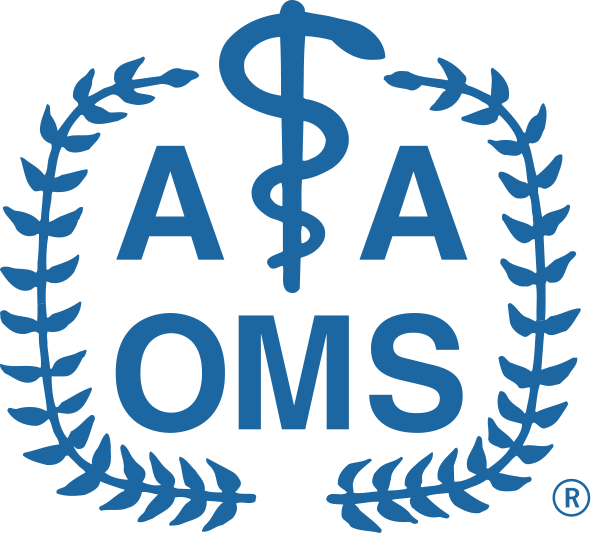Dental associations urge public to get regular oral cancer examinations and self-check as early detection saves lives
Rosemont, Ill. – Every hour, 24-hours-a-day, 365-days-a-year, someone dies of oral or oropharyngeal cancer – cancer of the mouth and upper throat. Yet, if oral cancer is detected and treated early, treatment-related health problems are reduced and survival rates may increase.
This year, an estimated 51,550[1] new cases of oral cancer will be diagnosed. Of those individuals, 40 percent will not survive longer than five years, and many who do survive suffer long-term issues, such as severe facial disfigurement or difficulties with eating and speaking. The death rate associated with oral and oropharyngeal cancers remains particularly high because the cancers routinely are discovered late in their development.
This April, as the nation observes the 19th annual Oral Cancer Awareness Month, the Academy of General Dentistry, the American Academy of Oral and Maxillofacial Pathology, the American Academy of Oral Medicine, the American Academy of Periodontology, the American Association of Oral and Maxillofacial Surgeons and the American Dental Hygienists’ Association are again joining the non-profit Oral Cancer Foundation in its campaign to raise awareness of oral cancer screenings and the importance of early detection.
Regular oral cancer examinations performed by an oral health professional remain the best method for detecting oral cancer in its early stages.
Be mindful of symptoms: ‘Check Your Mouth’
For the first time, the efforts of the Oral Cancer Foundation and the six dental associations will be bolstered by the Foundation’s Check Your Mouth™ initiative (checkyourmouth.org). Check Your Mouth encourages the public to regularly check for signs and symptoms of oral cancer between dental visits, and to see a dental professional if they do not improve or disappear after two to three weeks.
Signs and symptoms of oropharyngeal cancer caused by tobacco usage and/or excessive alcohol usage may include one or more of the following:
- Any sore or ulceration that does not heal within 14 days.
- A red, white or black discoloration of the soft tissues of the mouth.
- Any abnormality that bleeds easily when touched (friable).
- A lump or hard spot in the tissue, usually border of the tongue (induration).
- A growth (exophytic).
- A sore under a denture that, even after adjustment of the denture, does not heal.
- A lump or thickening that develops in the mouth.
- A painless, firm, fixated lump felt on the outside of the neck that has been there for at least two weeks.
All of these symptoms have the commonality of being persistent and not resolving.
Signs and symptoms of HPV-caused oropharyngeal cancer may persist longer than two to three week and may include one or more of the following:
- Hoarseness or sore throat that does not resolve within a few weeks.
- A painless, firm, fixated lump felt on the outside of the neck that has been there for at least two weeks.
- Constant coughing that does not resolve after many days.
- Difficulty swallowing; a sensation that food is getting caught in the throat.
- An earache on one side (unilateral) that persists for more than a few days.
All of these symptoms also have the commonality of being persistent and not resolving.
Always call a dentist right away if there are any immediate concerns.
Risk Factors
Research has identified a number of factors that may contribute to the development of oral and oropharyngeal cancers. Historically, those at an especially high risk of developing oral cancer have been heavy drinkers and smokers older than 50, but today the cancer also is occurring more frequently in non-smokers due to human papillomavirus 16 (HPV), the virus most commonly associated with cervical cancer.
The sexually transmitted HPV is related to the increasing incidence of oropharyngeal cancer, most commonly involving lymphoid tissue occurring in the tonsils or the base of the tongue. Approximately 99 percent of people who develop an HPV oral infection will clear the virus on their own. In approximately 1 percent of individuals, the immune system will not clear the virus and it can lay dormant for decades before potentially causing a cancer. This occurs mostly in a non-smoking population composed of men at a 4-to-1 ratio over women.
For those who have never had an oral cancer examination, there is no better time to schedule one than during Oral Cancer Awareness Month in April. Be sure to ask that this examination be made a routine part of all of future dental check-ups. For a list of local dental professionals who are participating in this year’s event by offering free oral cancer screenings, visit the Oral Cancer Foundation’s website.
For more information about oral cancer and its diagnosis and treatment, visit the website of any of the six organizations sponsoring Oral Cancer Awareness Month.
About Oral Cancer Awareness Month
Each April, several of the nation’s top dental associations join together with the Oral Cancer Foundation to raise awareness for oral and oropharyngeal cancers. This is an important reminder to the public that when these cancers are detected and treated early, mortality and treatment-related health issues are reduced.
For more information, visit the Oral Cancer Foundation website at www.oralcancer.org.
Sponsors include the Academy of General Dentistry (agd.org), the American Academy of Oral and Maxillofacial Pathology (aaomp.org), the American Academy of Oral Medicine (aaom.com), the American Academy of Periodontology (perio.org), the American Association of Oral and Maxillofacial Surgeons (MyOMS.org) and the American Dental Hygienists’ Association (adha.org).
[1] SEER – National Vital Statistics Reports


